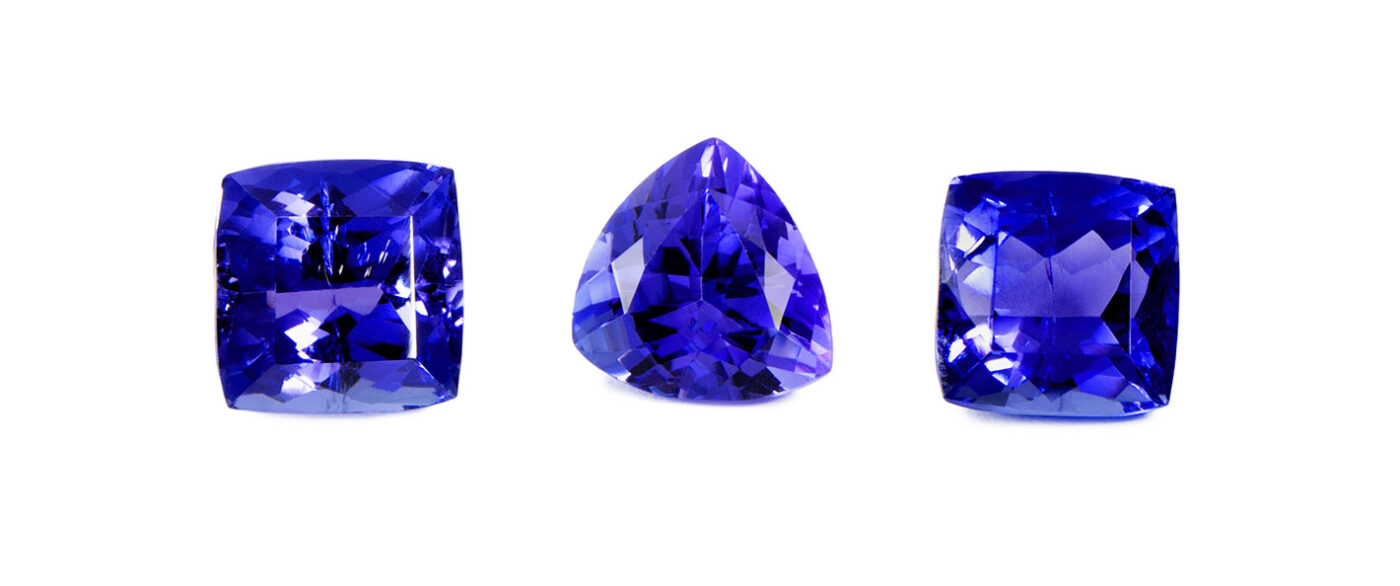From the blue to the bluish-violet of tanzanite, it’s a matter of personal taste.
The History of tanzanite
The discovery of tanzanite was one of the most exciting discoveries of the 20th century. In 1962 some blue stones began to appear in Tanzania that were initially identified as a mineral variety called zoisite. However, it was not until 1967, when they located the main source of this stone in the Merelani Hills that these stones received the name of tanzanite in honour of their country of origin.
Tiffany & Co. believed that Tanzanite had international appeal and became its primary distributor. In 1968, Tiffany launched a major advertising campaign to promote it. With its vivid colours, high clarity, and potential for large cut stones, tanzanite quickly became a sensation.
What is the best tanzanite colour?
Tanzanite is often described as “velvety”, primarily because of its deep, saturated colour, which ranges from a rich, pure blue to violet, with blue being considered the most valuable colour.
Where are the tanzanite in the world?
The Merelani Hills in northern Tanzania is the only place on earth where tanzanite is mined commercially. Grassy slopes, scrub, rocky soil, and little trees make up the local landscape. The main deposits use mechanized elements for the operations that are carried out to extract the material where thousands of workers recover tanzanite from mines dug more than 100 meters underground. North of the mines rise the snow-covered slopes of Mount Kilimanjaro.
Tanzanite care and cleaning
This stone has a hardness (6 to 7 on the Mohs scale) that is resistant to the effects of normal heat, light, and common chemicals. Even so, it is a stone that can crack if exposed to very high temperatures or sudden changes in temperature, and it burns easily. It can be attacked by hydrochloric and hydrofluoric acids. Most tanzanite begins as brownish zoisite that is heat treated to achieve the blue to violet hues that characterize these stones.
The resulting colour is permanent, and there are no additional durability concerns. Although not recommended for everyday wear on a ring, with a protective mounting and a little care, tanzanite can be an attractive jewel for special occasions.
Never use ultrasonic and steam cleaners for tanzanite.
To safely clean your tanzanite jewellery, you can use a soft brush with soap and warm water.
Get in touch with us so we can advise you on the cleaning and conservation of your jewellery.



